
My excursion through central and southern Spain began with vomit in a clear plastic airline bag and ended with a site model the size of a tennis court, but what occurred in the 10 days between these two gruesome snapshots was one of the most memorable experiences of my life. At a cold and eerily silent 0500, TEAM ALDANA assembled its gear and slinked through the backalleys of Barcelona like some cinematic recon unit, spreading out across Placa Catalunya and coagulating at the Aerobus stop. From the airport, we flew to an even colder Madrid where an occasional snowflake stung the back of my neck as I watched the grey skeleton of the parking garage left by the recent carbombing. Later on, I ate an enormous drumstick of some unknown animal, slept, woke up the next day, and went to the Prado museum and Reina Sophia. It was a much different experience to see the works of Picasso, Dali, El Greco and other famous artists, and even the disturbing cannibalistic paintings of Goya, in their full scale and actuality, rather than in a history book or magazine. We took a day trip to Toledo where we walked through the town's wildly ornate cathedral, peered down lush rock-studded valleys, and posed with statues of Don Quixote. I bought a souvenir butterfly knife from one of Toledo's redundant knife shops to add to my collection back home, which would later be stolen out of my jacket at a nightclub in Sevilla. We took the train back to Madrid, then traveled south to Cordoba. Among the columns and double-tiered peppermint arches of the Mezquita, I gained a greater appreciation of Islamic architecture which would only increase as I traveled through the southern region of Andalusia. As well as a slight annoyance with the reoccurring imposition of Catholic iconography in formerly Muslim places of worship. In Grenada, I watched the sun set over the Alhambra, alongside scores of hippies playing guitars and smoking hashish. Bill Clinton, who is widely considered the foremost authority on the beauty of life, claimed the sunset over the Alhambra as one of the most beautiful sights in the world. While impressed, I found the sunrise over Sevilla after an endless night of partying equally beautiful. Stumbling from the nightclub into the street at seven in the morning, robbed, crapulous and unshaven, numb and battered by the percussion of Persian and American remixes, I rematerialized in my youth hostal bedroom and then the Alcazar in time to sketch. Running my hands over the infinitely complex geometric patterns of Islam, traveling through the snow-capped mountains, orange groves, and smooth stone-patterned streets; I thought back on the writings of Hemingway with a newfound insight. I never appreciated his simple literary style, and aside from Old Man and the Sea, thought his work amounted to little more than that of a depressed brain-damaged alcoholic expatriot. I found, however, a new understanding of the deliberateness and depth of his writings, in a detail as seemingly unimportant as a title, The Sun Also Rises. This seemed as baffling and arbitrary to me as the title Hills like White Elephants, and assumed it could only make sense to the most philosophical, imaginative, or simply insane. Perhaps I am all of these, or perhaps the point of Hemingway's seemingly pointless book, which describes the travels of a group of American expatriots through Spain during the Prohibition era--the main character struggling with the battle wounds of impotence and each character with varying degrees of alcoholism and promiscuity--is that the world can be a beautiful place, even without these. That sitting on the mountaintop above the Alhambra is much more meaningful than an endless overlapping of hangovers, sheesha or absinthe, some nameless girl at a bar, or any other misplaced reason why Americans come to this place.
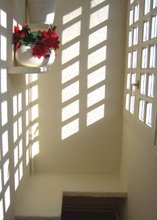
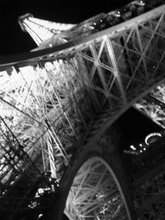
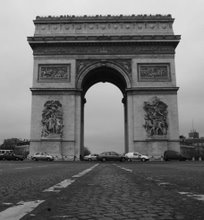
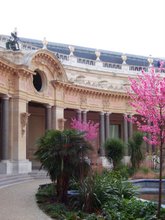
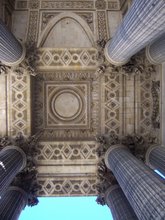
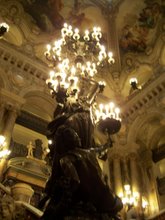
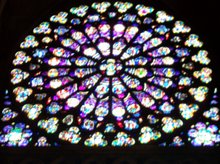
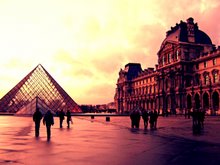
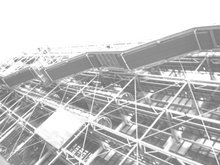
![EIFFEL TOWER [TIME LAPSE]](http://photos1.blogger.com/x/blogger2/5665/1019337950511865/220/z/173351/gse_multipart47583.jpg)
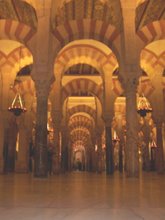
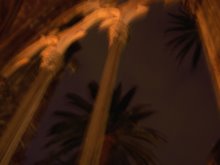
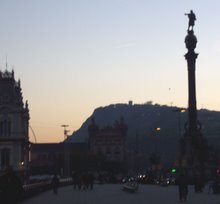
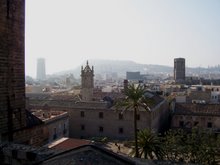
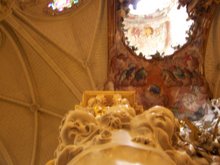


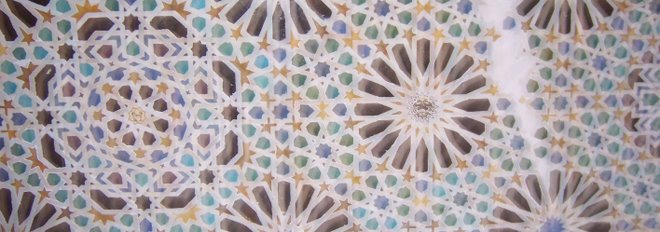
No comments:
Post a Comment